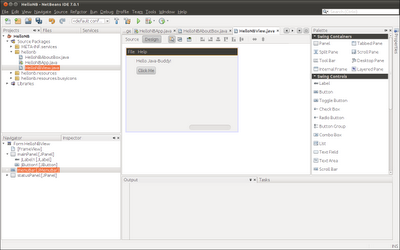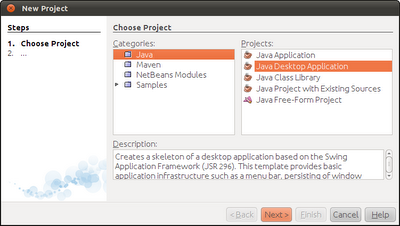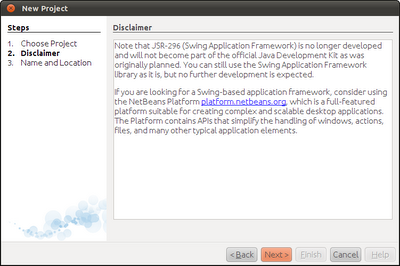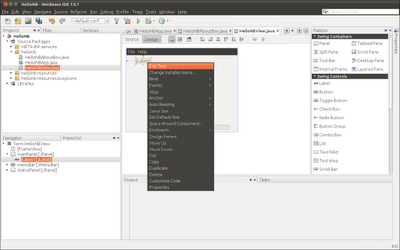
Oracle have packaged pre-built Oracle VM VirtualBox appliances that you can download, install, and experience as a single unit. Just assemble the downloaded files (if needed), import into VirtualBox (available for free), import, and go!
Developer VMs are currently available in these flavors, with more to come.
- Java Development VM
- Database App Development VM
- SOA & BPM Development VM
- Enterprise Java Development VM
- Oracle WebCenter Portal Framework 11g Hands-on VM
- Oracle Solaris 11 Express Developer VM
- Oracle Solaris 11 Express Network Virtualization VM
- Oracle Tuxedo Web Application Server Demo VM
- Enterprise PHP Development VM
- Oracle Business Intelligence Enterprise Edition Plus VM
Know more>>




















